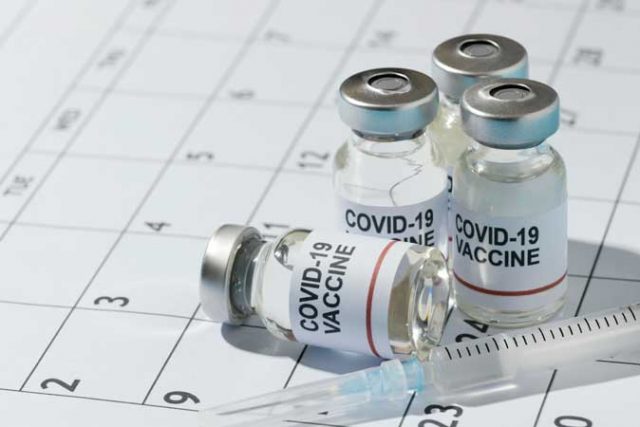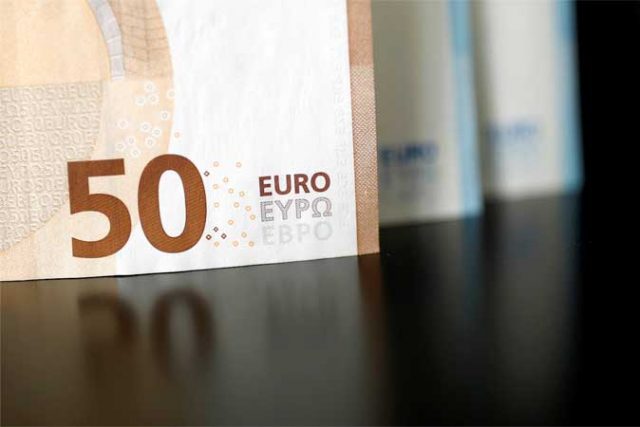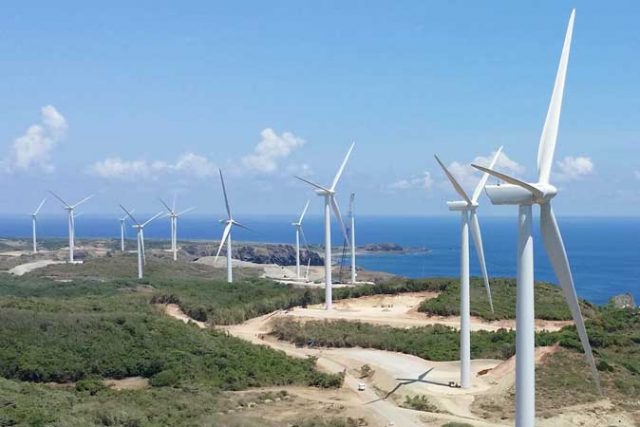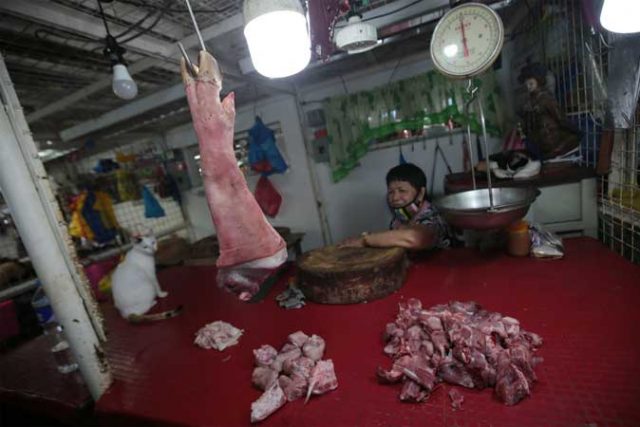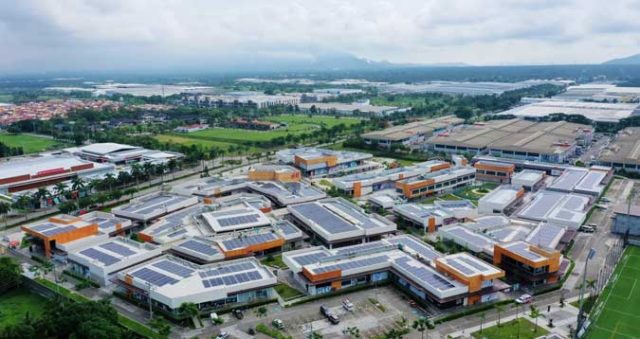THE Ayalas’ oil and gas exploration unit ACE Enexor, Inc. said on Monday that it is working on a proposal that details the drilling of an exploration well in its southwest Palawan service contract, adding that it will be submitting the plan to the Energy department for approval.
“I am pleased to report that preparation of a drilling proposal for the exploratory well is underway,” ACE Enexor President and Chief Operating Officer Raymundo A. Reyes said during the company’s virtual annual stockholders’ meeting.
He described the proposal for Service Contract (SC) 55 as a comprehensive technical document that explains the plan in constructing the borehole and assessing rock formations and fluids in the subsurface.
Mr. Reyes said the proposal, once completed, would be submitted to the Department of Energy (DoE) for approval.
“Following the [DoE] go-ahead, Palawan55 will commence the tendering process for the required drilling rig, major drilling equipment and supplies, and oilfield services,” Mr. Reyes said.
Palawan55 Exploration & Production Corp., which operates SC 55, holds a 75% interest in the gas prospect. Palawan55 is 75% owned by ACE Enexor and 25% owned by AC Energy Corp.
In a regulatory filing last month, publicly listed ACE Enexor said that the SC 55 consortium had requested the DoE to place the block under force majeure due to the resulting drop in electricity demand, which drove oil prices down.
On Monday, Mr. Reyes said that the company requested for the force majeure period to cover unforeseen delays in the firm’s drilling timeline.
“Should the Force Majeure be granted, the SC 55 venture will, nevertheless, continue to exert best efforts to deliver the obligatory well as soon as is reasonably practicable,” he said.
During the annual meeting, ACE Enexor Chairman Eric T. Francia said that the company remained focused on its commitment to drill a deepwater well in the SC 55 block by next year.
‘RECORD’ NET INCOME
During a separate annual stockholders meeting held virtually on Monday, Ayala Corp.’s energy platform AC Energy Corp. reported a net income of P3.75 billion last year, which it described as a “turnaround performance” due to improved operations and the acquisition of more shares in local renewable energy (RE) projects.
“The company was able to achieve significant improvement in operating efficiencies and reliability. Plant availability increased by 29 percentage points for our thermal assets,” said Mr. Francia, AC Energy president and chief executive officer.
He added that the company also improved its operating margins, which were largely driven by AC Energy’s ability to secure longer-term contracts that allowed more stable cash flows.
Last year, the firm was able to buy more shares in three RE projects, including North Luzon Renewable Energy Corp., which has a wind farm in Ilocos Norte, and the solar farms under San Carlos Solar Energy Inc. (Sacasol) and Negros Island Solar Power Inc. (Islasol).
The acquisitions had a total investment of P7.4 billion, and they were considered to be “earnings accretive” given the operational status of the power plants.
In 2020, AC Energy built five projects with around 374 megawatts (MW) in gross capacity. These projects include the 120-MW solar project and the 40-MW-hour battery storage project in Alaminos, Laguna; the 60-MW solar project in Palauig, Zambales; and the 150-MW quick response thermal plant in Pililla, Rizal.
Mr, Francia said that the company is in the process of building a renewable energy laboratory in Mariveles, Bataan with a 4-MW hybrid solar plant integrated with an energy storage system. The lab will help the company decide on the best technologies as it scales up its investments in solar and storage in the coming decade.
At present, the company has over 1,000 MW of attributable capacity in the Philippines, with almost half coming from renewable sources.
AC Energy Chairman Fernando Zobel de Ayala said that the company’s investments last year created over 3,000 jobs for workers living in host communities, and continue to help in reigniting the economy.
“Sustainable recovery is now seen as perhaps our best and only way forward to achieve our environmental goals to mitigate climate change, create jobs, build economic resilience, and ultimately, improve the well-being of people,” Mr. Zobel said.
“We are delighted that AC Energy has made significant progress along these fronts and continues to be recognized as a key contributor to sustainable growth and development,” he added.
On Monday, shares in AC Energy at the stock exchange improved 4.03% or or 29 centavos to finish at P7.49 apiece, while ACE Enexor shares fell by 4.84% or P1.1 to close at P21.65 apiece. — Angelica Y. Yang


